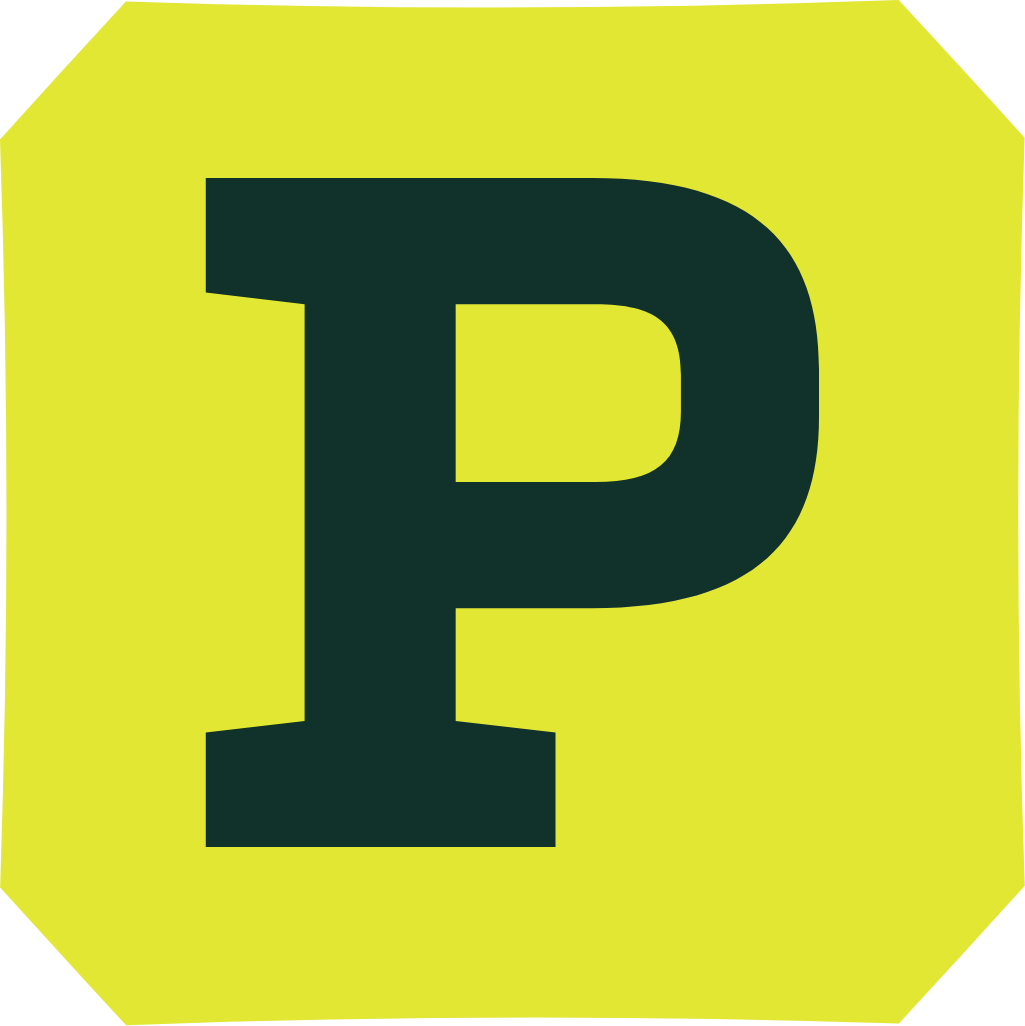A new automation is now available in our automation module: task consolidation.
This automation aims to simplify invoicing, particularly for customers who would like to invoice progressively or by project.
In this article, we will present use cases often encountered by our customers in order to give you some tips.
Consolidation by project
Is it for you? : Do you often have to complete several tasks to complete a project? Do you want to invoice the job to the client via a single invoice and not each time a task is completed?
Use case : Martin must perform an excavation and paving job for a client. He wants to send a single invoice at the end of the job. He therefore creates a main task that will be used for invoicing and then two sub-tasks, one for excavation and another for paving.
When one of the sub-task is completed, its content (invoice, attachments, photos, etc.) is automatically transferred to the main task. Once the job is completed, the invoice is consolidated into the main task and sent to the customer.
Good practices : With this automation, it is possible to manage large projects. There is no limit to the number of subtasks that can be consolidated.
If you want to consolidate photos and attachments, it is recommended to name them well. Eventually, the main task will contain a lot of attachments and it can quickly become jumbled up. By identifying your attachments with the sub-task number, you will simplify your life for the future.
You can also use this automation to consolidate the tasks of several employees on a single invoice. In other words, this automation avoids having to create tasks that span several days.
Progressive billing
Is it for you? : You work on projects that span long periods of time and need to invoice throughout the project.
Use case : Kim is working on a optical fiber installation project that will span several months. She must invoice the client each month. She therefore creates a main task of type “Invoice” which will consolidate all the sub-tasks completed for this customer. At the end of the month, she closes the invoice, sends it to the customer, and creates a new “Invoice” task for the following month.
Best practices : combine progressive invoicing with the emails automation to send the invoice to the customer as soon as the task is completed.
You can also combine it with the task creation on transition automation to create your new invoice automatically.
As with consolidation by project, we recommend that you take the time to name the attachments to avoid any confusion with your administrators or customers.
